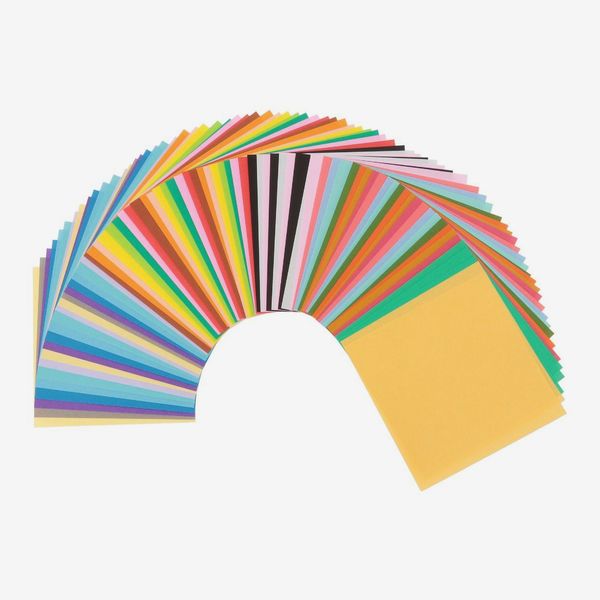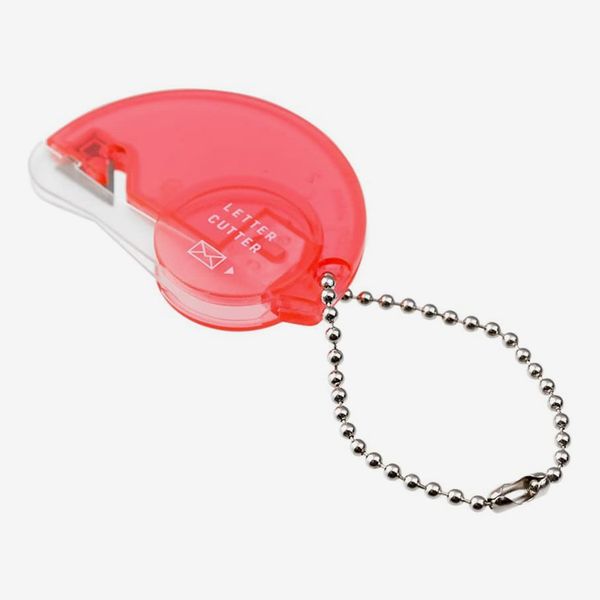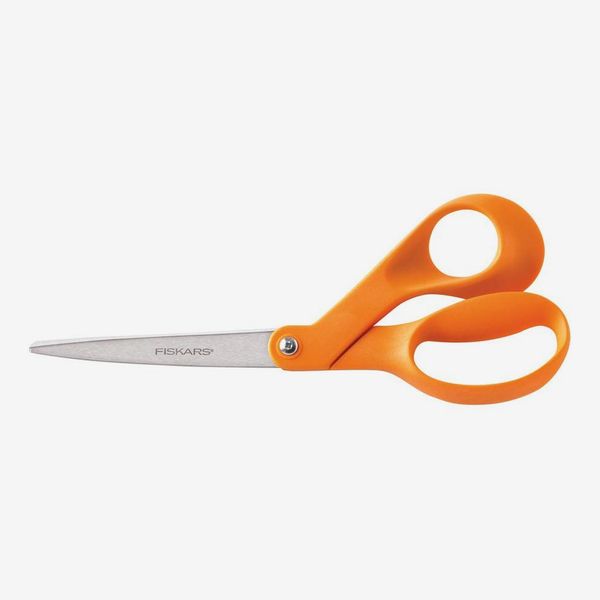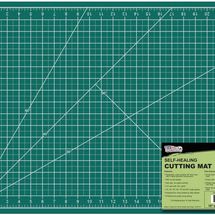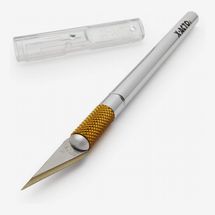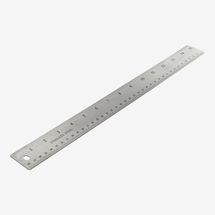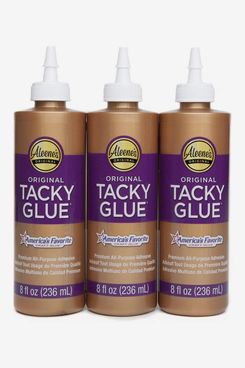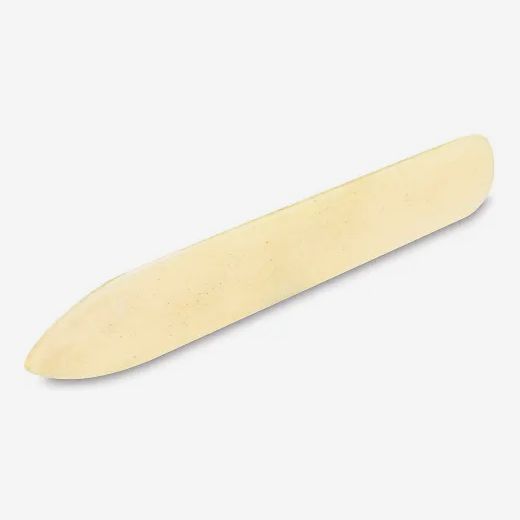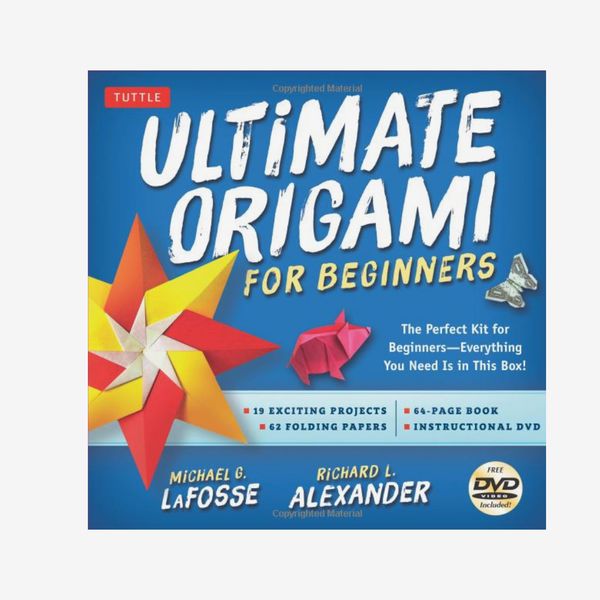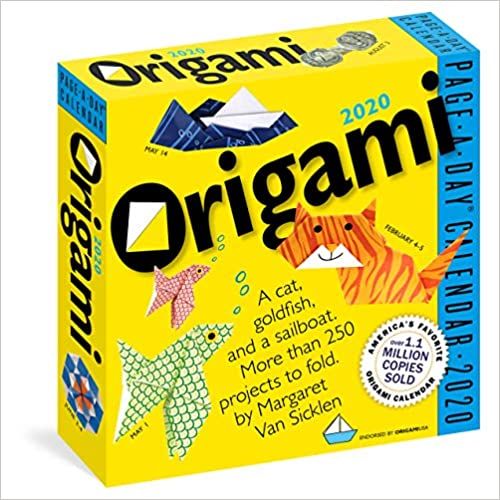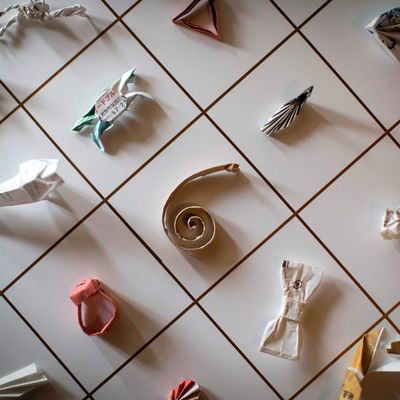
Now that we’re all spending a lot more time at home, it’s a good time to pick up a new craft, whether it’s learning to weave a rug or knit a scarf. Origami is one such activity, and if you’re thinking about folding your first flower, swan, or frog, there are plenty of resources available — from the comprehensive free step-by-step diagrams offered by OrigamaUSA (the national origami and paper-folding society located in the American Natural History Museum) to helpful instructional videos from Taro’s Origami, a studio based in Brooklyn and San Francisco. To find out what supplies you need to get to work on your first piece, we talked to origami artist Talo Kawasaki, the co-designer of the American Natural History Museum’s annual origami holiday tree and the resident origami teacher at Resobox, a Japanese cultural center in the East Village.
Basically all you need is origami paper: “origami paper” just means it’s square, and traditionally, that it has a color (or pattern) on one side and white on the other side, and runs about 6 inches by 6 inches. The best deal for origami papers — and we don’t like to spread this around too much — is at the Japanese store Muji. You can buy a pack of origami paper, traditional six inch, in multiple colors, in a pack of 80 sheets for 90 cents. And they’re Japanese-made, which often means they’re perfectly square (there’s nothing more annoying than a square that’s not quite a square). You can also find lots of origami paper and supplies and books at Kinokuniya, the Japanese bookstore across from Bryant Park. [Editor’s note: If you prefer to buy patterned paper, many options are available for order on OrigamiUSA’s website.]
Here are some general tips I always keep in mind while folding origami. (1) When you start folding, use your finger tips and nails to create the creases (not your palm or elbow), and always press along the creases, not the middle of the paper. (2) When you’re folding, be patient when lining up your points and edges — go slow so the paper is lined up as exactly as possible. (3) Your first time will probably be less than perfect. That’s normal — even for experts.
Often, I’ll need to start with a 1:2 rectangle or half of a square, like for a two-piece ninja star. With a handy Midori cutter, I just need to fold the square in half and then slice the halves by pulling the cutter along the crease. This blade catches the crease, and it cuts it very cleanly.
Sometimes I do use scissors, just to make a larger piece of paper smaller, if that’s what the project is calling for. I like to use Fiskars scissors, because they have a really sharp cutting blade.
If you’re creating a long cut of paper, it’s hard to cut it straight with scissors, so I’ll use an X-Acto knife and a metal ruler. I always do this on a self-sealing cutting board — they allow you to cut cleanly with a sharp blade without cutting the table.
Acid-free glue is great if you’re concerned about your piece being long-lasting or archival. But otherwise, I’m often using a liquid white glue, like Elmers or Aileen’s Tacky Glue.
In more serious origami, you’ll hear about artists using a glue called Methyl Cellulose. It sounds more scientific than it really is. Basically, it’s often used for bookbinding, as well as for wallpaper. It’s a very thick, clear, viscous material that acts like a glue. The benefit of it is that if you spread it over some paper that’s soft — for instance, softer handmade papers — this will make it crisp. You apply it across the whole sheet before beginning to fold.
This is something we occasionally use to make extra sharp creases with our paper — creases that aren’t possible to get with your hands alone. These are also good to have on hand if you’re a woman concerned with your manicure.
Origami artists Michael LaFosse and Richard Alexander have a nice beginner kit that comes with very clear diagrams and a DVD tutorial for extra help. Paper, of course, is included as well. A few of the origami models in the kit are not beginner models, but I think they’re aspirational and worth the challenge.
Origami Page-A-Day Calendars are pretty good for beginners. The pages are square and can be used for folding.
The Strategist is designed to surface the most useful, expert recommendations for things to buy across the vast e-commerce landscape. Some of our latest conquests include the best acne treatments, rolling luggage, pillows for side sleepers, natural anxiety remedies, and bath towels. We update links when possible, but note that deals can expire and all prices are subject to change.
